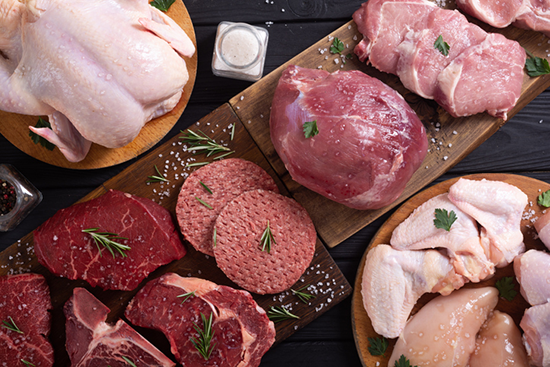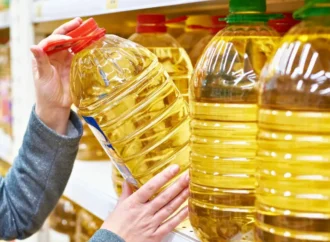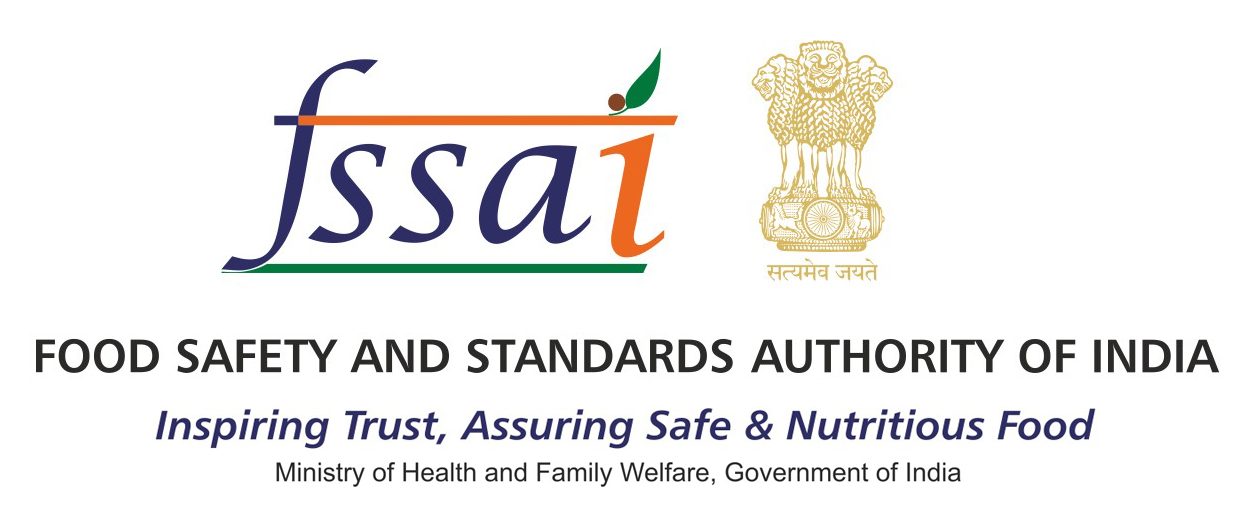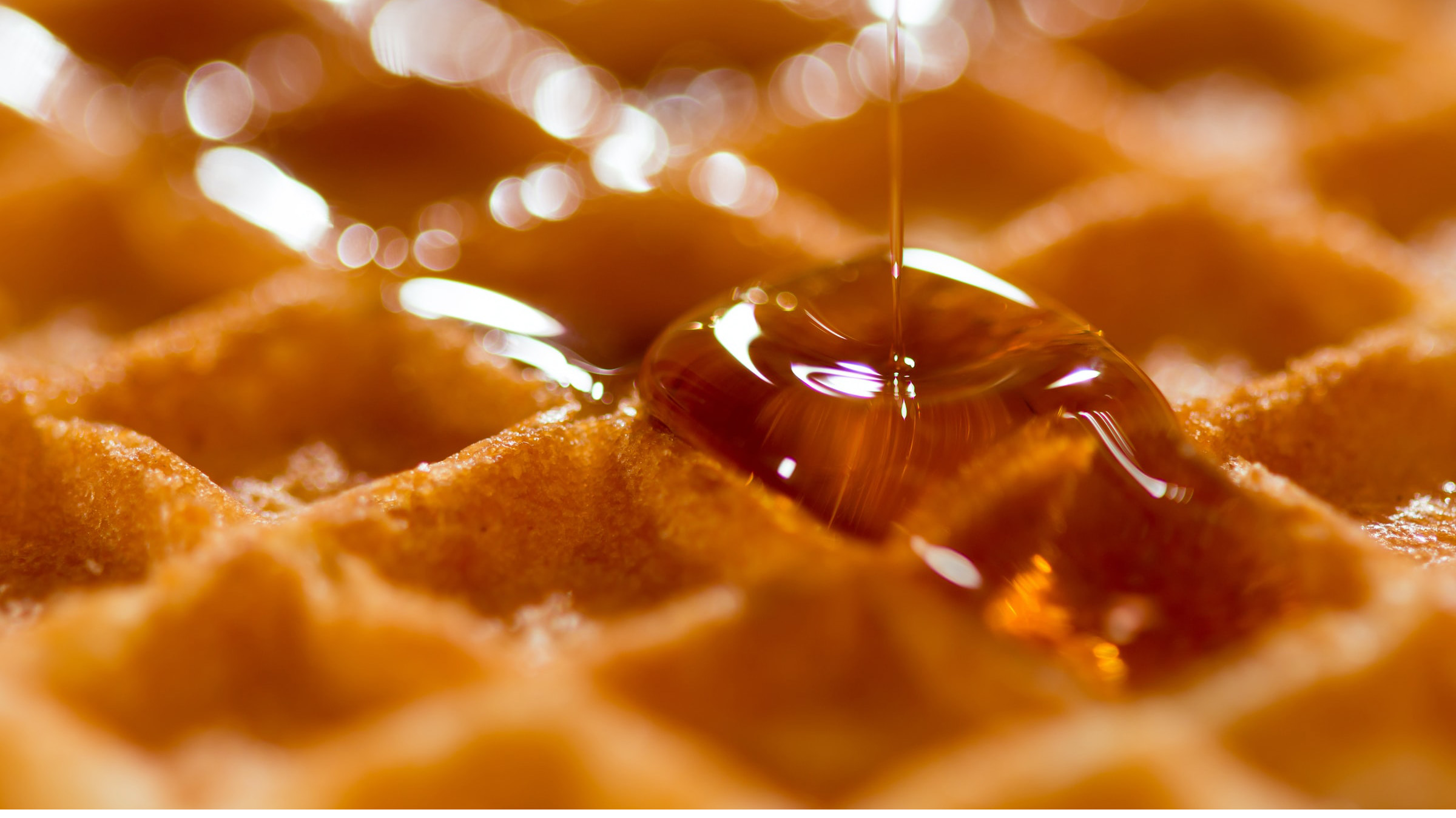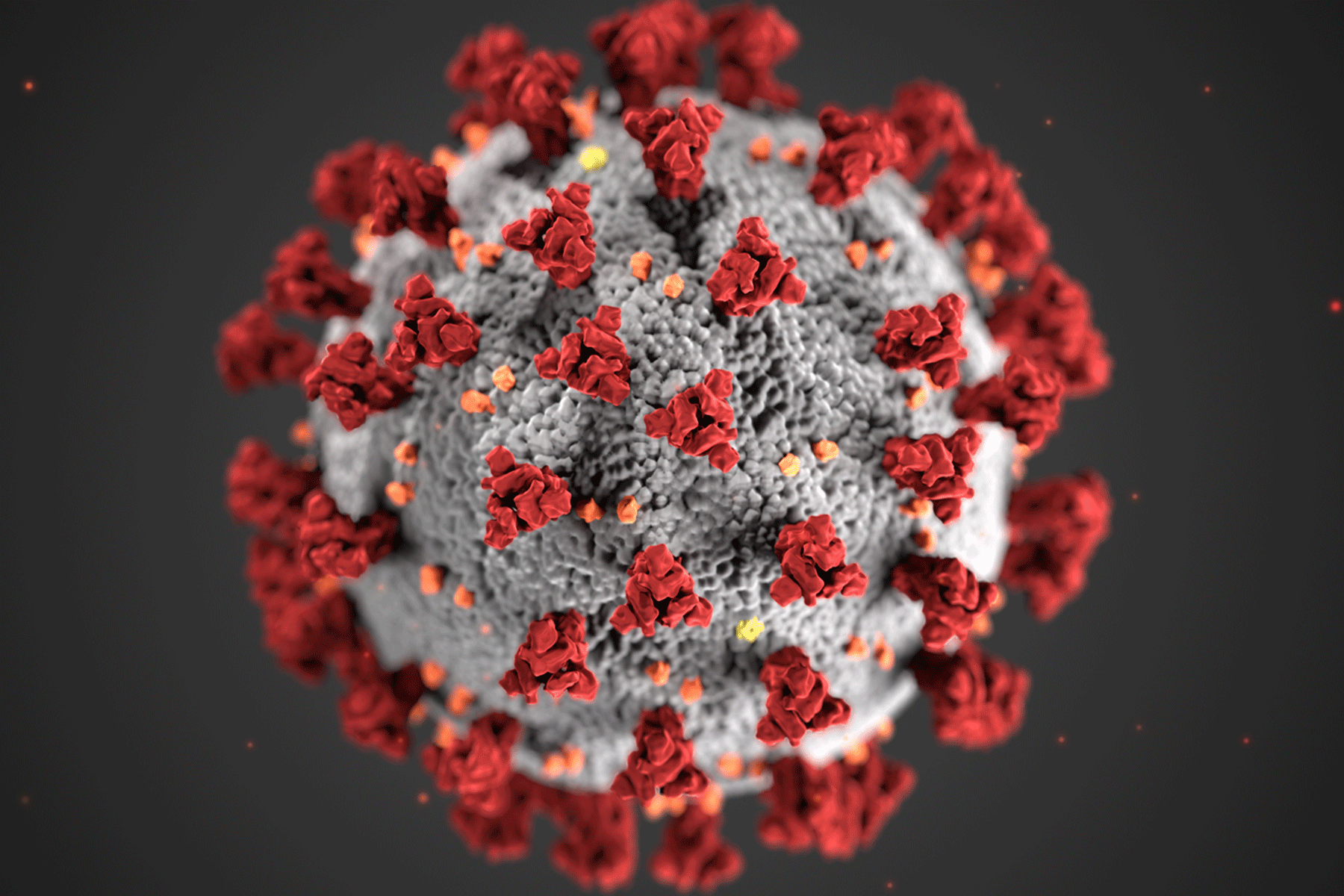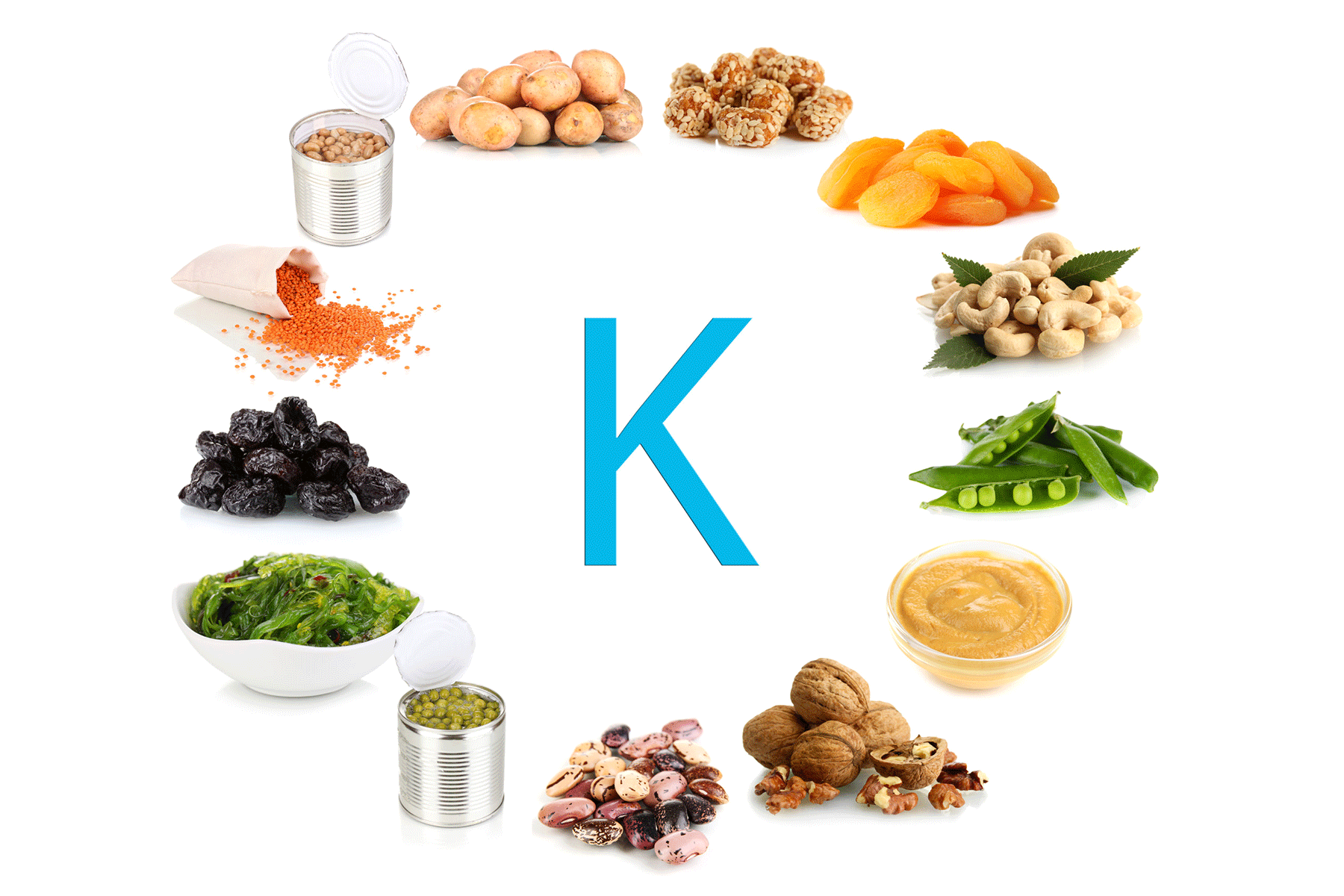When you pick up a fresh piece of beef, lamb, or pork, the rich red colour usually tells you it’s fresh and appetising. But have you ever wondered what makes meat red and if that colour means it’s safe to eat? The secret lies in a natural protein called myoglobin. This protein not only gives meat its bright red appearance but also helps muscle tissue store oxygen. Understanding how myoglobin works, how it changes colour, and how it affects meat freshness helps you shop smart and handle meat safely. Let’s break it down in simple terms.
Myoglobin: The Muscle’s Oxygen Tank
Animals store oxygen in their muscles using a protein called myoglobin. This protein works like a backup oxygen supply when muscles work hard. Animals like cows, goats, and sheep use their muscles more than chickens, so they naturally have more myoglobin. That’s why red meats like beef look darker and richer in colour than white meats like chicken or turkey breast.
How Myoglobin Creates the Red Colour
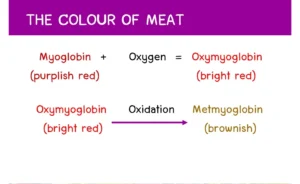
When animals are alive, myoglobin carries oxygen inside the muscle. After slaughter, the amount of oxygen around the meat affects myoglobin’s colour:
-
Purple-red: Freshly cut meat, especially vacuum-sealed meat, often looks purplish because there’s little oxygen.
-
Bright red: When you expose meat to air, myoglobin reacts with oxygen to create oxymyoglobin. This reaction gives meat the bright red hue that shoppers like to see.
-
Brownish: Over time, myoglobin’s iron reacts further and turns into metmyoglobin. This oxidation makes meat look brown or greyish. While not always unsafe, brown colour plus bad smell or slime usually means spoilage.
No, That Red Juice Isn’t Blood
Many people think the liquid in packaged meat is blood. Most of the blood drains out during processing. The leftover juice is mostly water mixed with myoglobin. It’s harmless, but some find it unappealing.
Does Myoglobin Affect Flavour or Tenderness?
Myoglobin doesn’t directly change how meat tastes or feels. However, animals with more myoglobin usually have stronger-tasting meat because their muscles work harder and develop more flavour. That’s why beef tastes heartier than chicken breast. Tenderness depends more on the cut, the animal’s age, and cooking methods than on myoglobin alone.
Is Myoglobin Itself Dangerous?
Myoglobin doesn’t harm you. It’s just a natural muscle protein that breaks down safely when you cook meat. However, how you handle and store meat makes a big difference to food safety. If you don’t store meat cold enough, bacteria can grow quickly, and myoglobin can oxidise faster. Spoiled meat may look dull brown, feel slimy, and smell sour. Cooking destroys most bacteria, but it can’t remove toxins that bacteria have already produced.
How to Tell if Red Meat Is Still Safe
-
Look for bright, consistent red colour when you buy fresh meat.
-
Don’t worry if vacuum-sealed meat looks dark purple — it turns red when you open it.
-
If meat has brown patches but still smells fresh and feels firm, it’s usually fine to cook soon.
-
If you see sliminess or smell sour odours, don’t take risks — throw it away.
Keep Meat Safe: Smart Storage Tips
-
Cook or freeze meat before the use-by date.
-
Keep raw meat separate from cooked or ready-to-eat foods.
-
Cook steaks and roasts to at least 63°C (145°F) with a few minutes’ rest time. Cook minced or ground meat to 71°C (160°F).
Takeaway
Myoglobin naturally makes red meat look fresh and delicious. While the protein itself won’t harm you, mishandling or poor storage can make meat unsafe. By understanding how myoglobin reacts with oxygen and how meat colour changes over time, you can store meat properly, cook it safely, and enjoy every bite without worry.
 Food Manifest
Food Manifest 